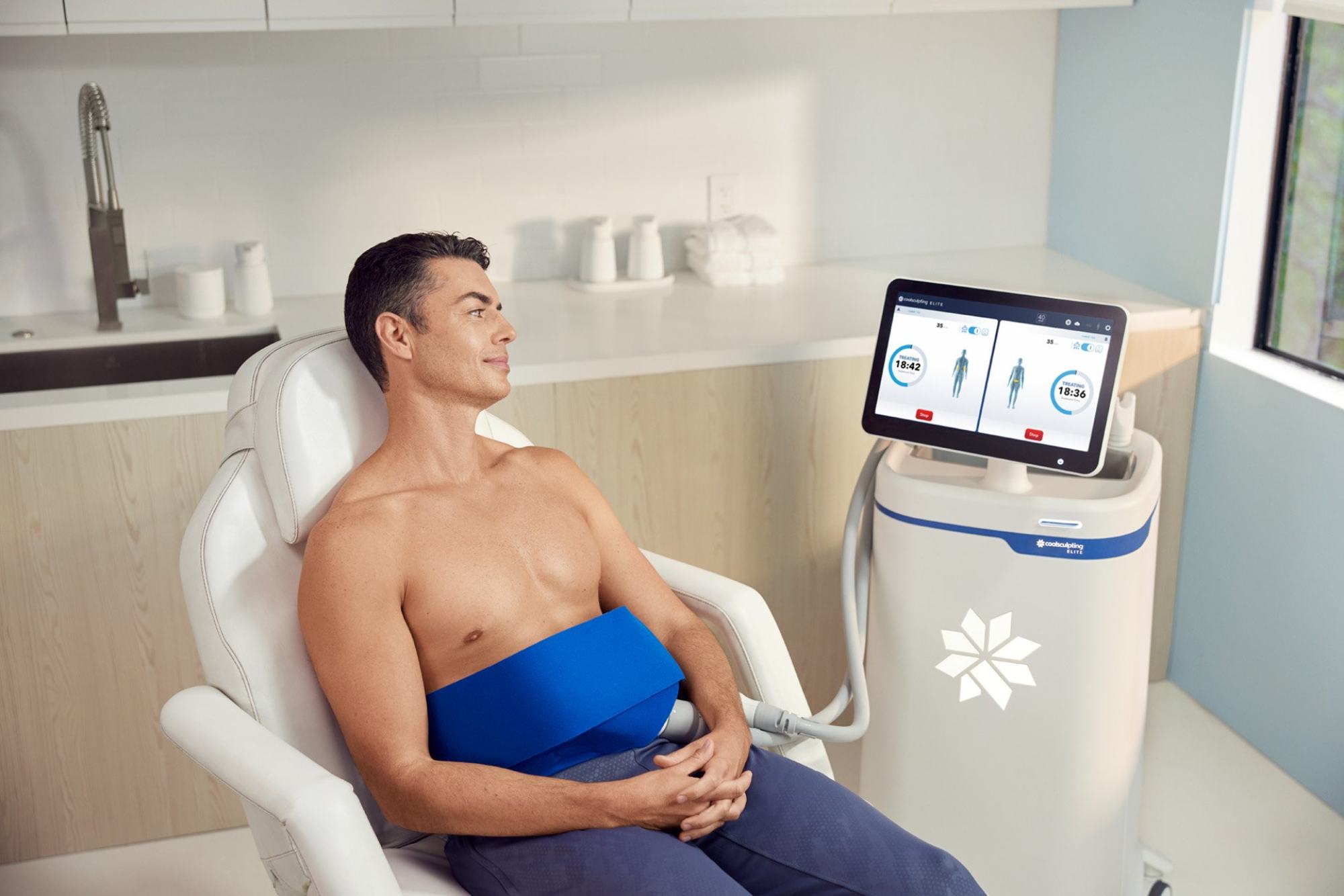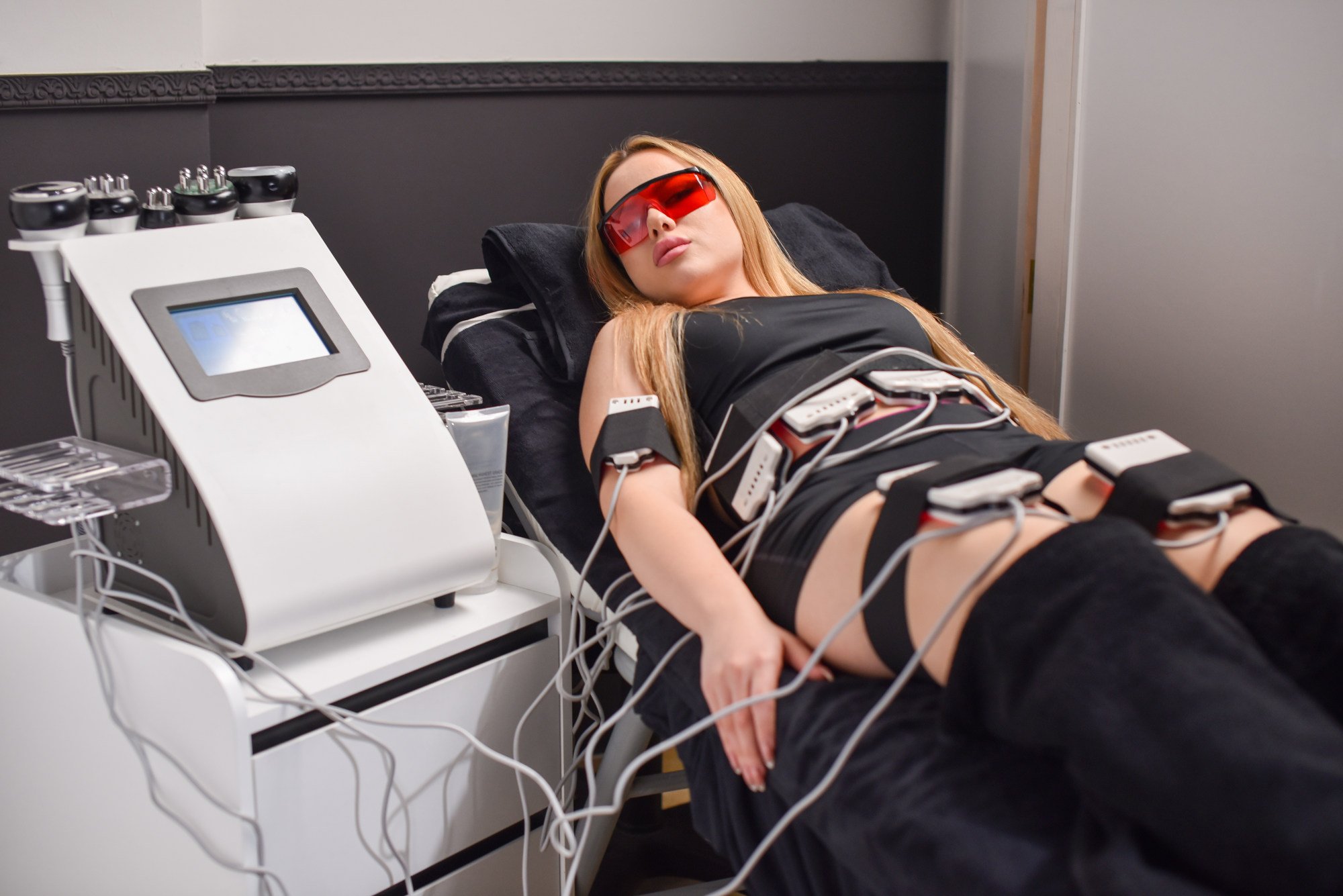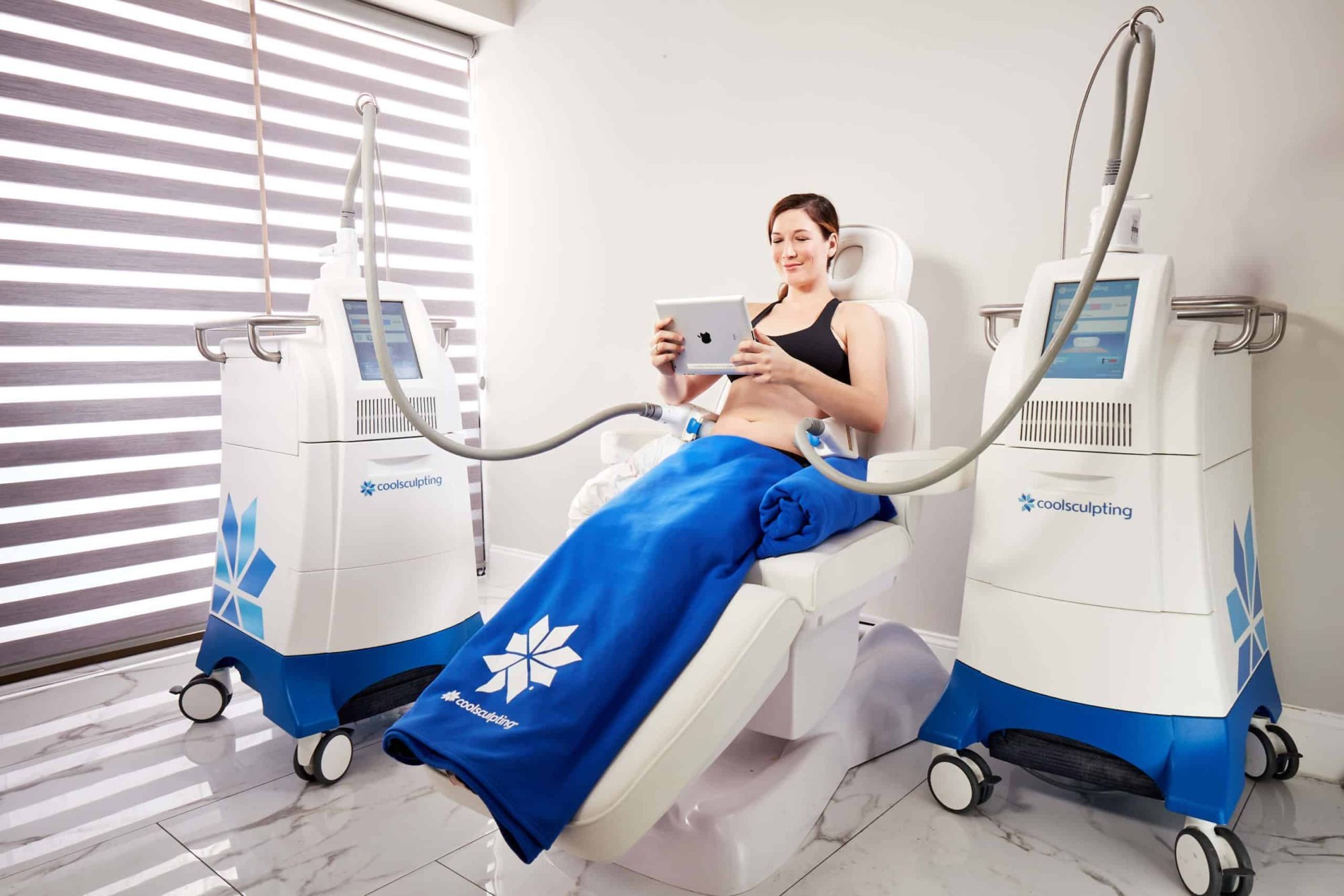Thinking of getting liposuction? Here’s what you need to know about the surgery that removes unwanted fat – with celebs like Cardi B, Sia and Amy Schumer sharing their experiences

Some might find that, even with a disciplined fitness regimen and a balanced diet, fat deposits in areas like the abdomen, thighs or under the chin simply do not budge. Factors such as metabolic rate, hormonal influences and genetic predispositions also play significant roles in how and where our bodies store fat, and it’s within this context that liposuction emerges as an option for those seeking to address these persistent areas.

Celebrities opening up about their liposuction experiences has been a game-changer in how the world views this cosmetic procedure. Take Cardi B, for example, who talked about liposuction because she wanted to “explain to people how hard it is to process” getting liposuction done, per Hollywood Life. Then there’s Sia, who turned to liposuction after medication led to weight gain she couldn’t shake off with just diet or exercise.
Meet supermodel Alessandra Ambrosio’s 15-year-old fashionista daughter, Anja
Similarly, Amy Schumer candidly talked about her liposuction experience following her battle with endometriosis and a difficult pregnancy, per People, explaining how she never thought she’d go for such a procedure before that.

“The different types of liposuction offered today are mostly variations on tumescent liposuction, differing in the volume and type of tumescent solution infused, the size and sharpness of the cannula used, and the application of different types of energy before or after the liposuction to achieve a greater degree of skin contraction,” he says.

While traditional liposuction marked a significant advancement in cosmetic surgery, it wasn’t without its drawbacks. The recovery process could be lengthy and uncomfortable, with patients often experiencing significant bruising and swelling; a period of downtime was required to heal.

As technology and medical knowledge advanced, so did the techniques for liposuction. Lee, for example, says that in his practice, they’ve found that BodyTite, a method that uses radio-frequency energy to tighten the skin during the procedure, offers many of the advantages of other energy-based liposuction techniques but minimises the associated discomfort and risk of complications.
“BodyTite uses a radiofrequency probe applied through a microincision to apply energy to the deep surface of the skin, resulting in consistent subdermal adipose remodelling and long-term soft tissue contraction, while minimising the risks associated with other forms of energy delivery,” he explains.
Who is Cate Blanchett’s husband, Andrew Upton – and are they still together?
Other methods, such as Ultrasound-assisted High Definition (UCHD) liposuction, utilise ultrasound energy to liquefy fat before its removal, promoting a more precise and less invasive extraction of fat cells. This allows for easier removal of fat and minimises damage to surrounding tissues, resulting in a smoother recovery process and enhanced sculpting capabilities.

As the demand for less invasive cosmetic procedures grows, non-surgical alternatives to liposuction have gained prominence, offering individuals the chance to reduce fat and contour their bodies without the need for surgery. Among these, cryolipolysis stands out as a leading option; Coolsculpting, a branded form of cryolipolysis, involves applying a device to the skin’s surface, which cools fat cells to a temperature that causes their natural death, without damage to the surrounding skin or tissue.

Over the weeks following the treatment, the body naturally processes and eliminates these cells, resulting in a reduction of fat in the treated areas – an approach particularly appealing to those seeking a less dramatic solution or those with smaller areas of fat they wish to address.
“It’s also important for patients to understand that although Coolsculpting can achieve spot reductions of adiposity in focal areas, there is almost no tightening of the skin associated with the procedure,” he adds.

- As demand for liposuction grows, so is the range of techniques: LA-based Wave Plastic Surgery Center offers BodyTite, a modern method that uses radio-frequency energy to tighten the skin
- Coolsculpting, a form of cryolipolysis, is non-surgical and involves applying a device to the skin’s surface and cooling fat cells to a temperature that causes their natural death